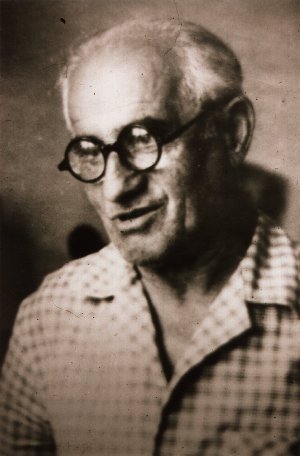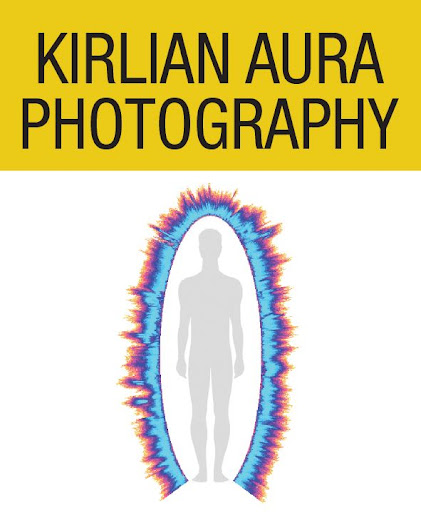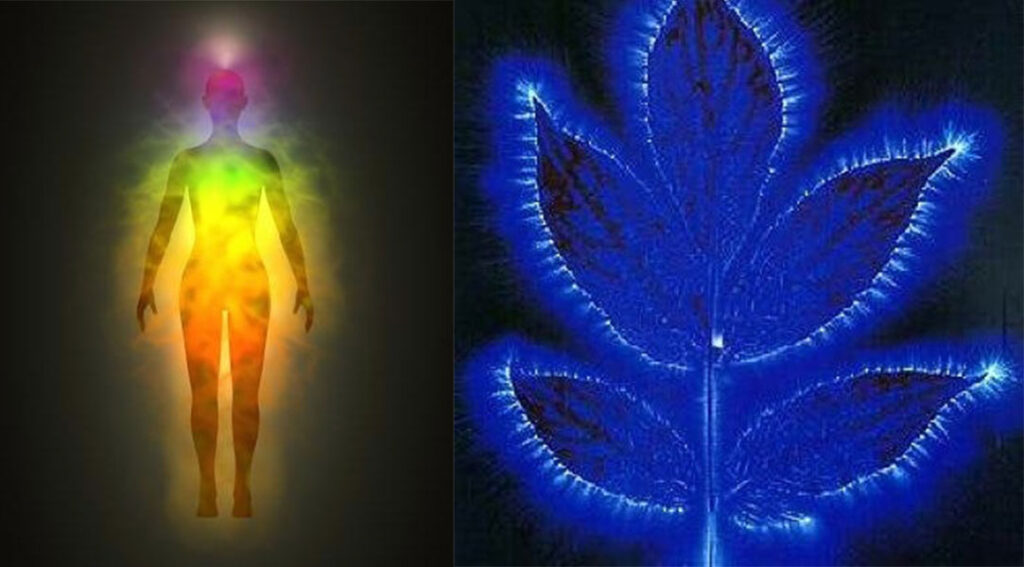The Kirlian effect, also known as Kirlian photography, is a phenomenon that involves capturing the visible light or electrical coronal discharge that occurs around an object or living organism when it is subjected to a high-voltage, high-frequency electrical field. This effect is named after Semyon Kirlian, a Russian inventor and electrician, who, along with his wife Valentina Kirlian, popularized the technique in the 1930s. It was named after Semyon Kirlian, a Russian inventor and electrician, and his wife Valentina, who first explored this phenomenon in the 1930s.

Semyon Davidovich Kirlian

The Kirlian effect, also known as Kirlian photography or electrophotography, is a photographic technique that captures the visible light emitted by objects when they are placed in an electric field.
The Kirlian effect works by placing an object or a body part on a photographic plate or film, and then applying a high-voltage, high-frequency electric field to the object. This electric field causes the formation of a glowing, colorful corona discharge around the object. The colors and patterns in the corona discharge are thought to be related to the electrical conductivity, moisture, and other properties of the object being photographed.
While the Kirlian effect has been popularly associated with claims of capturing auras or energy fields around living beings and plants, it is important to note that the scientific consensus is that these images primarily depict electrical discharges and are not direct representations of auras or mystical energies. The patterns and colors seen in Kirlian photographs are influenced by various factors, including the electrical setup, the state of the object being photographed, and the sensitivity of the photographic equipment.
When an object or living organism is placed on a photographic plate or film and subjected to a high-voltage, high-frequency electrical field, the resulting electrical discharge creates a visible and often colorful aura-like glow around the object. This glow is sometimes referred to as a “Kirlian aura.” The exact cause of this phenomenon is still a subject of debate, but it is believed to be related to the ionization of gases and moisture in the immediate vicinity of the object, which emits light as a result of the electrical discharge.
Kirlian photography has been the subject of much interest and speculation, with some people believing that it can reveal information about a person’s or object’s health, mood, or energy.

The Kirlian effect is typically associated with the following characteristics:
- Auric-like Glow: When an object or part of a living organism is subjected to a high-voltage, high-frequency electrical field, it appears to emit a faint, colorful glow or corona discharge. This glow surrounds the object and may exhibit various colors and patterns.
- Energetic or “Aura” Interpretation: Some people believe that the Kirlian effect captures the object’s or organism’s energy field or aura. They claim that the colors and patterns in the Kirlian photograph can provide insights into the subject’s physical and emotional state. However, these claims are not scientifically substantiated, and there is much skepticism surrounding the idea of capturing auras in this manner.
- Electrophotography: Kirlian photography relies on electrophotography, where the electrical discharge ionizes the air around the subject. The ionization causes the surrounding gases to emit light, which is then captured on a photosensitive surface such as photographic paper or film.
In the field of paranormal and New Age beliefs, Kirlian photography has been associated with concepts like aura photography and energy fields, but these ideas lack scientific validation. The colorful patterns and shapes observed in Kirlian photographs are primarily a result of the experimental setup and the conditions in which the images are captured, rather than a direct representation of an object’s or person’s intrinsic qualities.